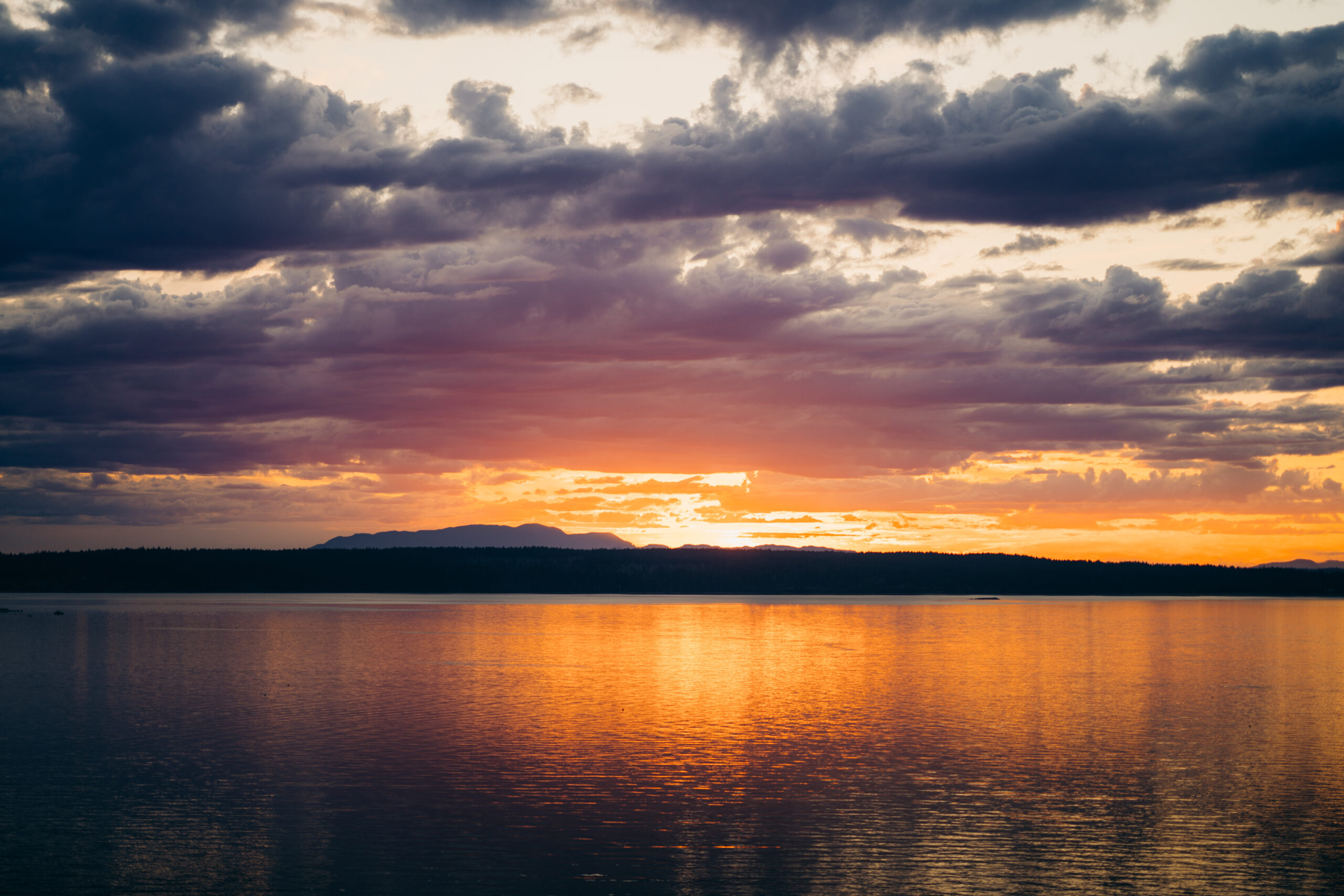Mastering Golden Hour: The Ultimate Guide to Capturing Perfect Sunrise and Sunset Photos
Sunrises and sunsets are among the most breathtaking moments to capture in photography. The soft, golden light and vibrant colors can transform a simple landscape into a stunning masterpiece. However, capturing these moments requires more than just pointing your camera at the horizon. Here’s a guide to help you shoot incredible sunrise and sunset photos.
Plan Ahead
Great sunrise and sunset photos often start with good planning. Use apps or websites like The Photographer’s Ephemeris or Sun Surveyor to determine the exact time and location of the sunrise or sunset in your area. Arrive early to scout the location, find the best angles, and set up your equipment. For sunrises, this might mean getting up before dawn, but the effort will be worth it.
Tip: Keep an eye on the weather forecast. Partly cloudy skies can create stunning colors as the light interacts with the clouds.
Use the Right Gear
While any camera can capture a beautiful sunrise or sunset, having the right gear can elevate your shots. A wide-angle lens is ideal for capturing the expansive sky and landscape. A telephoto lens can be great for isolating the sun or distant elements in the scene. Make sure to bring a sturdy tripod for long exposures, especially in low light.
Tip: Use ND filters to reduce the light entering the lens, allowing for longer exposures that create smooth, dreamy effects in the water or sky.
Perfect Your Exposure
Sunrises and sunsets present a challenge because of the high contrast between the bright sky and the darker landscape. Use exposure compensation to avoid overexposing the sky or underexposing the foreground. Consider shooting in manual mode to have full control over your settings, or use aperture priority mode to control the depth of field while letting your camera adjust the shutter speed.
Tip: Shoot in RAW format to retain more details in the highlights and shadows, allowing for greater flexibility in post-processing.
Focus on Composition
Composition is key to creating a compelling sunrise or sunset photo. Use the rule of thirds to place the horizon in the upper or lower third of the frame, rather than the centre. Incorporate interesting foreground elements like trees, rocks, or water to add depth and context to your photo. Leading lines, such as a road or a shoreline, can guide the viewer’s eye towards the sun.
Tip: Consider using silhouettes to create dramatic contrasts and highlight the colors of the sky.
Capture the Golden and Blue Hours
The best light for sunrise and sunset photography is during the golden hour—the time just after sunrise or before sunset when the light is soft, warm, and diffused. But don’t pack up your gear as soon as the sun dips below the horizon. The blue hour, which occurs shortly after sunset or before sunrise, offers a cool, tranquil light that can result in beautiful, moody photos.
Tip: Experiment with long exposures during the blue hour to capture the serene, soft light and movement in the sky.
6. Bracket Your Shots
To capture the full range of light in a sunrise or sunset, try bracketing your shots. This means taking multiple exposures—one underexposed, one correctly exposed, and one overexposed. You can then merge these exposures in post-processing to create an HDR (High Dynamic Range) image that reveals more detail in both the highlights and shadows.
Tip: Use your camera’s bracketing mode or manually adjust the exposure between shots for the best results.
Use a Remote Shutter or Timer
To avoid camera shake during long exposures, use a remote shutter release or your camera’s timer function. Even the slightest movement can blur your image, especially in low light conditions.
Tip: Set your camera to mirror lock-up mode (if available) to further minimize vibrations when using a DSLR.
Post-Processing Tips
Editing is an essential part of making your sunrise or sunset photos stand out. Use software like Adobe Lightroom or Photoshop to adjust the exposure, contrast, and colors. Enhance the vibrancy of the sky without oversaturating it, and consider adjusting the white balance to bring out the warm or cool tones.
Tip: Apply graduated filters in post-processing to balance the exposure between the bright sky and the darker foreground.
Final Thoughts
Capturing a stunning sunrise or sunset requires patience, preparation, and a bit of creativity. By following these tips, you’ll be well on your way to creating photos that not only capture the beauty of these moments but also evoke the emotion and atmosphere that make them so special. So set your alarm early or plan your evening, and get ready to shoot some truly unforgettable images!



